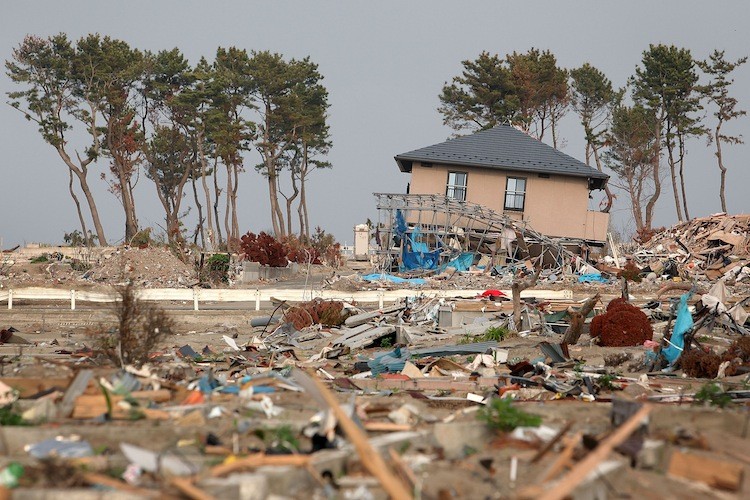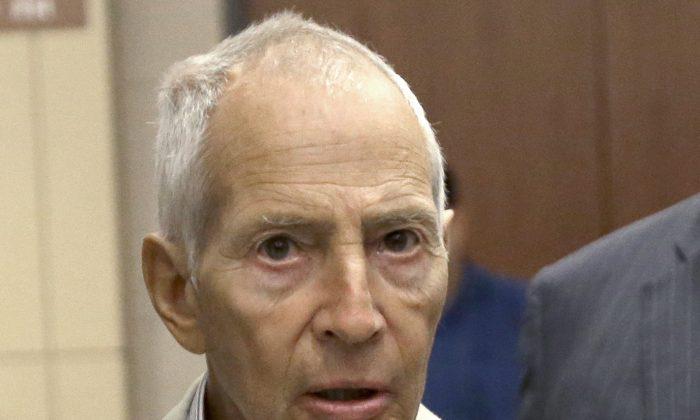Several highly-radioactive areas in a close vicinity to the Fukushima nuclear power plant will likely remain off limits for several decades, according to a media report citing an unnamed government official.
The ban on entering the area within a 1.8-mile radius of the plant will likely be in place even after the blockade around the 12.4-mile no-go zone is lifted, reported the Yomiuri Shimbun daily.
Parts of both Okumamachi and Futabamachi will likely stay blocked off from public entry for “several decades,” the government official said.
The Education, Culture, Sports, Science and Technology Ministry measured radiation levels at 50 locations within the no-go zone, said the Yomiuri.
The agency then estimated cumulative radiation levels for residents if they were outside for 8 hours per day and inside their houses for 16 hours. After those calculations were done, the Ministry then decided that areas close to the Fukushima No. 1 plant will not be safe for an extended period of time.
The government is expected to make a formal announcement declaring those communities off-limits for the foreseeable future. According to media reports, Prime Minister Naoto Kan will meet with locals as early as Saturday to give the news.
“I can’t deny the possibility that it may be difficult for residents from some areas to return home for a long time. I deeply apologize for that,” said Chief Cabinet Secretary Yukio Edano, spokesperson for Kan’s administration.
Japan may purchase land from local residents to use as storage sites for radioactive waste and debris that was left due to decontaminated water, said the newspaper.
Officials have said that they are looking to bring the crippled nuclear plant, which is still emitting radioactive material, to a shutdown by the beginning of 2012.
The accident at Fukushima caused by the March 11 earthquake and tsunami is the world’s worst nuclear disaster since Chernobyl in 1986.
The ban on entering the area within a 1.8-mile radius of the plant will likely be in place even after the blockade around the 12.4-mile no-go zone is lifted, reported the Yomiuri Shimbun daily.
Parts of both Okumamachi and Futabamachi will likely stay blocked off from public entry for “several decades,” the government official said.
The Education, Culture, Sports, Science and Technology Ministry measured radiation levels at 50 locations within the no-go zone, said the Yomiuri.
The agency then estimated cumulative radiation levels for residents if they were outside for 8 hours per day and inside their houses for 16 hours. After those calculations were done, the Ministry then decided that areas close to the Fukushima No. 1 plant will not be safe for an extended period of time.
The government is expected to make a formal announcement declaring those communities off-limits for the foreseeable future. According to media reports, Prime Minister Naoto Kan will meet with locals as early as Saturday to give the news.
“I can’t deny the possibility that it may be difficult for residents from some areas to return home for a long time. I deeply apologize for that,” said Chief Cabinet Secretary Yukio Edano, spokesperson for Kan’s administration.
Japan may purchase land from local residents to use as storage sites for radioactive waste and debris that was left due to decontaminated water, said the newspaper.
Officials have said that they are looking to bring the crippled nuclear plant, which is still emitting radioactive material, to a shutdown by the beginning of 2012.
The accident at Fukushima caused by the March 11 earthquake and tsunami is the world’s worst nuclear disaster since Chernobyl in 1986.






